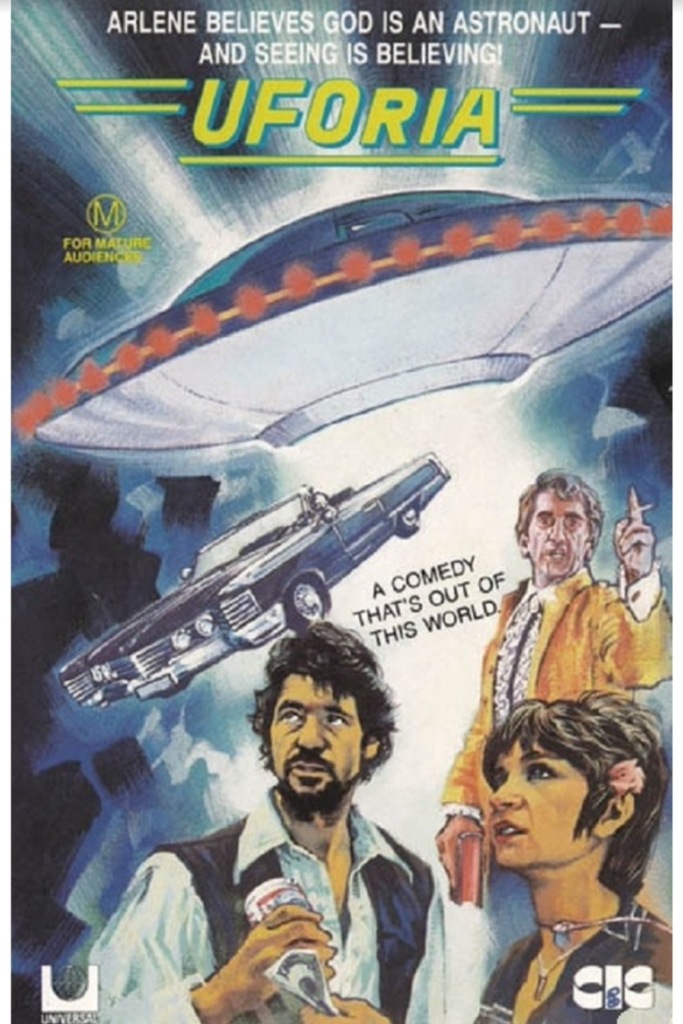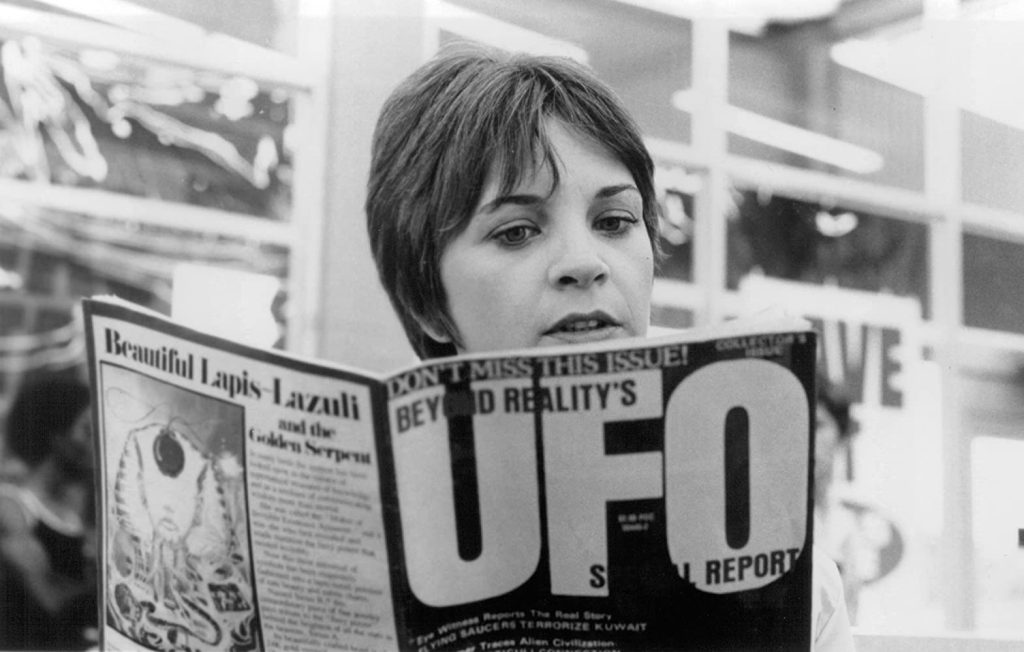This week’s podcast is “Objects and Values of Labor in Socialist Hungary,” the second in REEES Fall Series Socialism: Past, Present, and Future.
Guest:
Martha Lampland is a Professor of Sociology and Science Studies at the University of California, San Diego. She’s the author of two books The Object of Labor. Commodification in Socialist Hungary and The Value of Labor. The Science of Commodification in Hungary, 1920-1956 both published by the University of Chicago Press.
In short, i found extremely valuable this granular analysis of ways to calculate, measure and valorize labor in Hungary, altough I do not agree on all accounts, I consider this anthropological study of longue duree agrarian trends very enlightening. Thanks to the anonymous suggestion of DS for their generous link sharing. Beside her field work in and around the transitional period towards market economy from planned economy in Hungary, her emphasis on the processual as different from merely historical approach I found fundamental. Answering the Why by How and finding out not just how things come to pass, but how things transform into something else. She links two very different transition points – the move towards Stalinism in late 40s Hungary and the transition towards market economy after 1989. None where quick, none where clean brakes and she makes them part of a larger modernist project of rationalization and efficiency that crosses ideological barriers or theories of labour. She traces such increasing commodification to the early big landowners, their increasing entry into world markets where they had to start measuring closer and closer how could be optimized in order to stay competitive. These developments get hauled during collectivization and scientific management technics that ironically are easier to study in the former East than West. Socialism is still an integral part of the modernist project. She also talks about ‘caloric money’, or food intake that is payed during the war in relation to the calculated amount of labour. The factories dossiers in Chicago or Detroit are much harder to research since they are private institutions, so the way scientific management was implemented remains opaque.
Value and labour theory of value (Marxist ltv) are separate things that I am wrapping my head around. Value theory or importance is central to William James, as well as Whitehead if I get that, although they have a different, more naturalistic, situational (with cosmological implications) understanding of value that does not get resumed under human economic systems. Yet value inside the organismic thought is deeply relational, is a result of webs of interactions happening in time like in Marxism (what Marx called socially necessary labor time). The two cultural and social necessary labor time should be separated and usually social turns out to be cultural on certain accounts. The radical empiricism of James, his contribution to philosophy entails a very different value theory, a non-calculative value, where entire organisms (think of leaves, flowers etc) are expressions of valuation or expressions of processes of valorization, of what is of importance for that plant, mushroom, bug, of what is important for that particular organism at that particular moment in time, without necessarily accounting or closing in on it. In fact Whitehead’s theory of value (he as a professional mathematician) is situational it depends and is part and partial to the concreteness of an unfolding situation. In his metaphysics value occupies a central place – both in ethics and aesthetics (of which ethics is just a small subset). For him ‘intensity’ is most probably the only one variable that we can gauge experience with.
Martha Lampland also mentions a book – about labor value in different European schools of thought (see below). In fact she traces the genealogy of LTV to a specific German strain and further to Betriebswissenschaftlehre a particular culturally defined way in which labour was valorized in German speaking countries as opposed to the English or American school of commodifying or measuring labour. In fact this cultural analysis of conceptual context traces Marx’s understanding to the German way of understanding or measuring labour in terms of energy, of thermodynamics which brings me to the Natural Philosophers and the way dynamic powers are foregrounded. Inversely in other traditions of valorizing labor such as the Anglo-American, labour is a product, it is focused on the finite product, the finite objects. Even if they had the same technologies or competed in the same markets, these two departures show how important various (national) cultural context are in shaping economic concepts or the very categories of economic life.
additional books mentioned:
The Fabrication of Labor: Germany and Britain, 1640-1914

